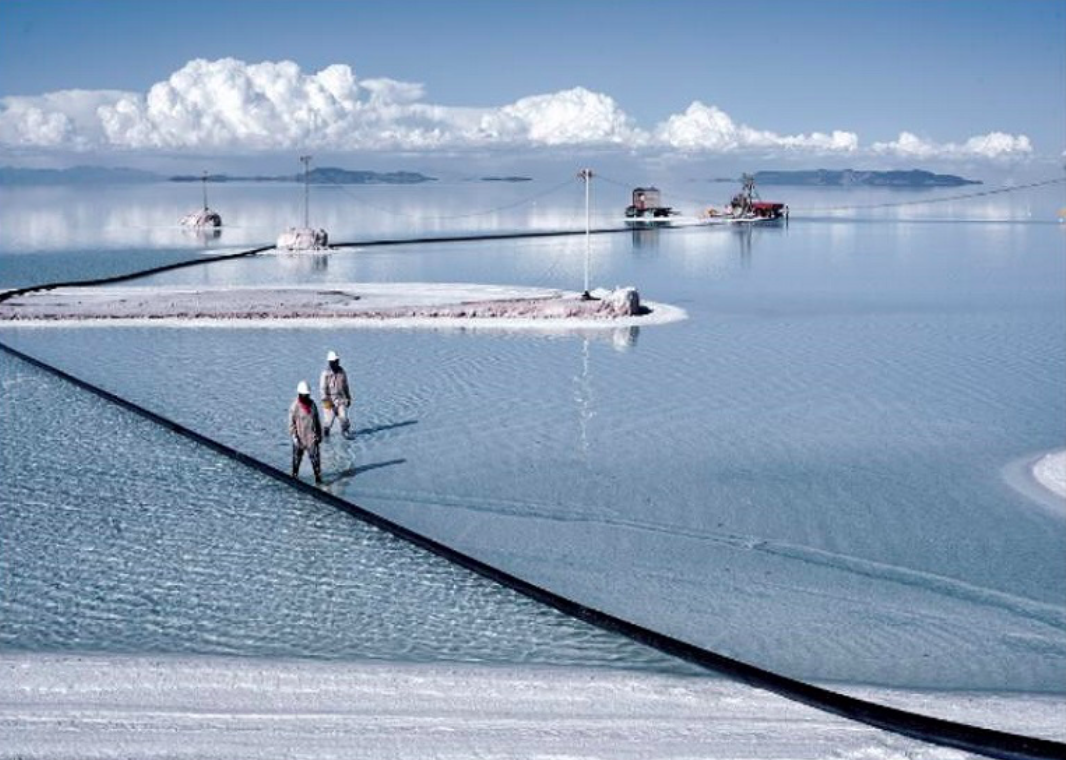With 65% of the world’s lithium reserves, Argentina, Bolivia and Chile, which form the “triangle of white gold,” can dream of new prosperity. The increasing global demand for this mineral favors these South American countries: the price for a tonne of lithium rose from €6,400 to €45,000 between 2021 and 2022.
This trend can be explained by the energy transition: several countries, regions and cities have set targets for reducing pollutant emissions. This means cars with internal combustion engines will be abandoned and electric vehicles with lithium batteries will be introduced.
If developed countries meet their greenhouse gas reduction targets, global demand for lithium will increase 40-fold by 2040, according to the International Energy Agency.

There is “a golden opportunity for South America,” predicts Juan Carlos Zuleta, a Bolivian economist and lithium market expert. “The demand has increased enormously. This is reflected in the staggering price increases of the last two years and it is possible that it will continue for at least ten years,” he adds. He said the three countries that make up the lithium triangle must act now to form a lithium battery manufacturing chain.
THE ECOLOGICAL CHALLENGE
When flying over the South American salt pans, the huge brine evaporation basins and the mineral-rich water can be admired. A palette of blue, green and turquoise tones.
But behind this landscape, the reality is less poetic. Lithium mining poses a serious threat to water resources.
In Chile, microbiologist Cristina Dorador has denounced the negative effects of lithium mining on microorganisms. Last March, the Chilean Environmental Protection Agency (SMA) applied for financial sanctions against the US mining company Albermarle for exceeding the limit of 442 liters per second for the production of lithium-containing brine.
In Argentina, residents of the Catamarca region are complaining that a river has dried up due to lithium mining at the Hombre Muerto salt pans since 1997.
“In South America, unlike Australia, where it is extracted from hard rock, lithium is extracted from groundwater, from aquifers. There are large concentrations of lithium in the aquifers beneath the salt pans,” explains hydrogeologist Marcelo Sticco, professor at the University of Buenos Aires.
With information from latinapress

